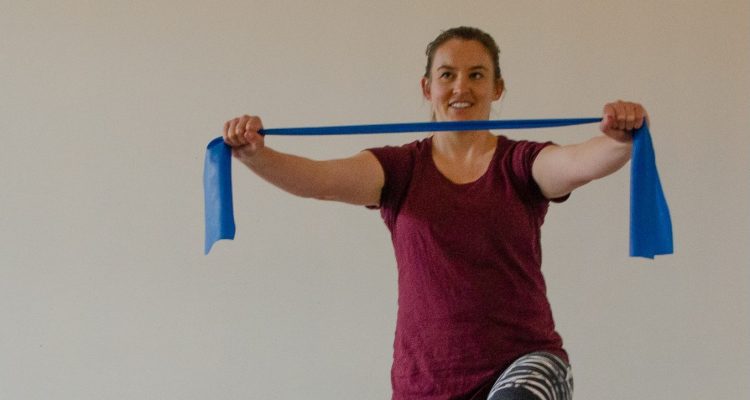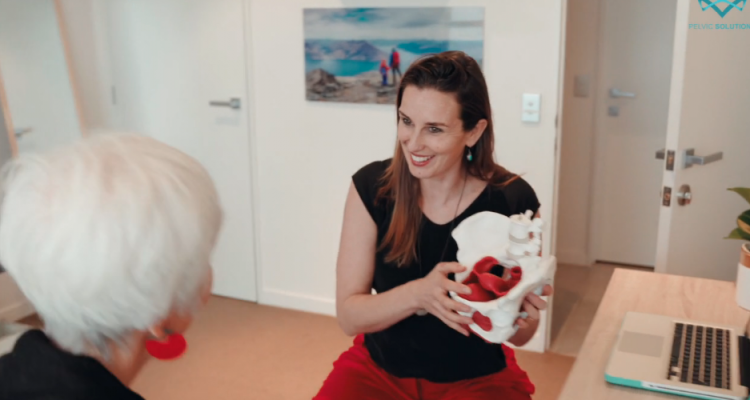During your initial appointment extra time is allocated to gather detailed information about your presenting complaint, bladder and bowel function, medical, gynaecological and surgical history, birthing history, sexual function, dietary habits, toileting behaviours, and lifestyle.
A thorough physical examination is then performed which includes assessment of posture, breathing mechanics, musculoskeletal testing, and if appropriate may include an internal vaginal or rectal examination. This examination is performed by observing and/or palpating the perineal region including the vagina and/or rectum. This evaluation will assess skin condition, reflexes, muscle tone, length, strength and endurance, scar mobility and function of the pelvic floor region (note: your therapist will explain the procedure completely and only proceed with your consent).
This allows us to form a working diagnosis. Your Pelvic Floor Physiotherapist will explain the diagnosis to you and discuss the different treatment approaches which may be appropriate. In some cases, referral back to your GP or another practitioner may be required.
Up to 60 minutes is allowed for the initial consultation. This allows for a thorough understanding of your condition and for initial treatment to take place.
Follow-up appointments will likely be required to achieve best results. Return appointments are up to 30 minutes. Extended 45 and 60-minute appointments are available for more complex and chronic problems. Your progress is reviewed at every appointment and the treatment adjusted accordingly. Some conditions may improve quicker with a prescription of specific exercises: your Physiotherapist will advise you.



